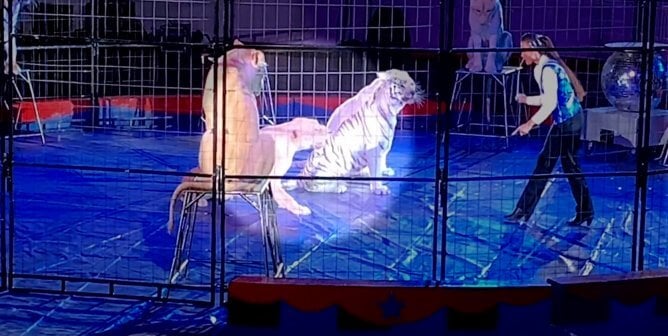12 Things Lolita Would Have Wanted Miami Seaquarium Visitors to Know
After suffering for 53 years in the world’s smallest and oldest orca tank at the Miami Seaquarium, Lolita the orca died there. Also known as “Tokitae,” “Toki,” and “Sk’aliCh’elh-tenaut,” she was violently torn away from her family and her ocean home when she was only 4 years old. For the rest of her life, she endured a living nightmare while her family pod continued to swim freely in the ocean, protected by the federal Endangered Species Act. She should never have been abducted, imprisoned, forced to perform, or exploited for profit. Plans to move her to a seaside sanctuary came too late, and she was denied even a minute of freedom to dive deep and feel the ocean’s currents.
In the wake of her death and following a relentless PETA campaign, Miami-Dade County—which owns and leases the land on which the Seaquarium park was built—decided to terminate the shoddy facility’s lease in March 2024. The abusement park had continually violated that lease by not complying with animal welfare laws—including through chronic and repeat violations documented by the U.S. Department of Agriculture (USDA) over the previous two years and failing to maintain its meager structures on the property. Read more below about how the Miami Seaquarium inflicted unbearable misery on Lolita until the day she died.
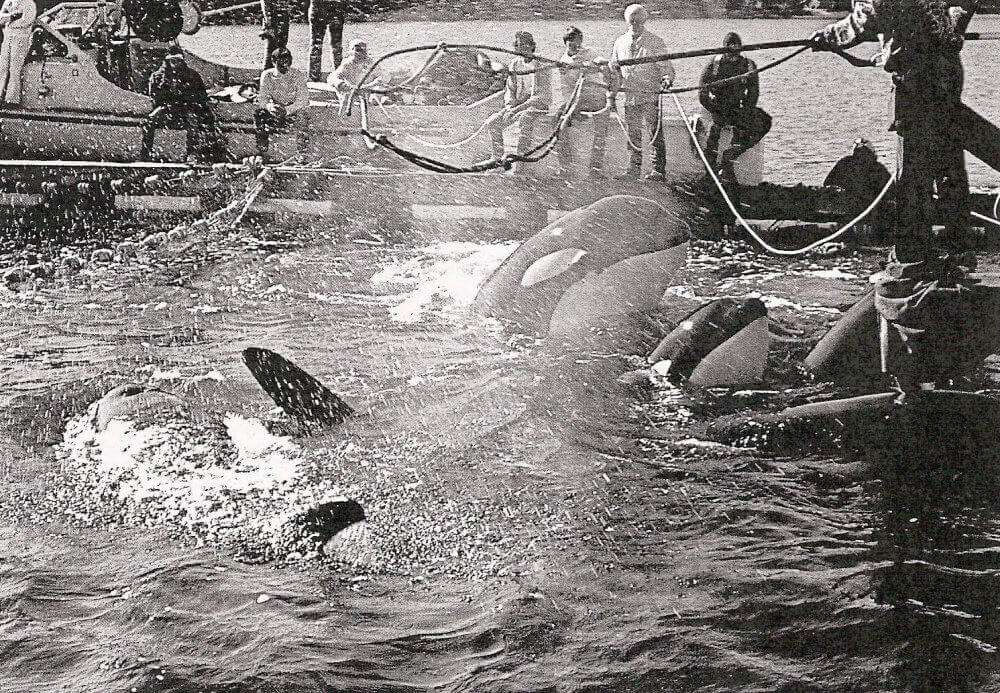
In a lawsuit brought by PETA and others, the Miami Seaquarium designated all its records regarding Lolita’s health and behavior confidential and fought to keep them from the public, but the judge wouldn’t allow all the court filings to stay sealed.
Here’s what the Miami Seaquarium tried to hide:
1. Lolita was kept in the world’s smallest orca tank.
For over 50 years, she was unable to dive, swim any meaningful distance, or feel ocean currents during her imprisonment in the world’s smallest orca tank.
She was confined to a space that was, at its longest dimension, just four times the length of her body. The tank was only 20 feet deep at its deepest point and only 12 feet deep at many others, which created an agonizingly abysmal experience for a mammal who, in nature, would have swum up to 150 miles per day and dived down thousands of feet in the ocean. When she wasn’t forced to perform, she had almost nothing to do but swim in endless circles or float listlessly.
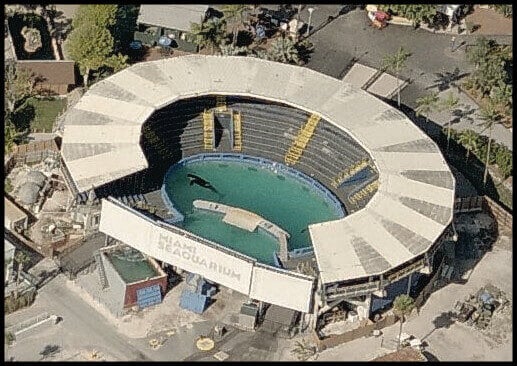
2. Sometimes Lolita’s living space was made even smaller.
According to Miami Seaquarium records, the water level in the tank that confined Lolita was often lowered, leaving her with even less space. At one point, the water’s depth was reduced to a maximum depth of only 11 feet.
The notoriously small tank to which Lolita was confined contained a concrete platform that she had to swim around to access the rear portion of the enclosure. And she didn’t even have access to this back area at all times, as the gates on either side of the platform were often closed.
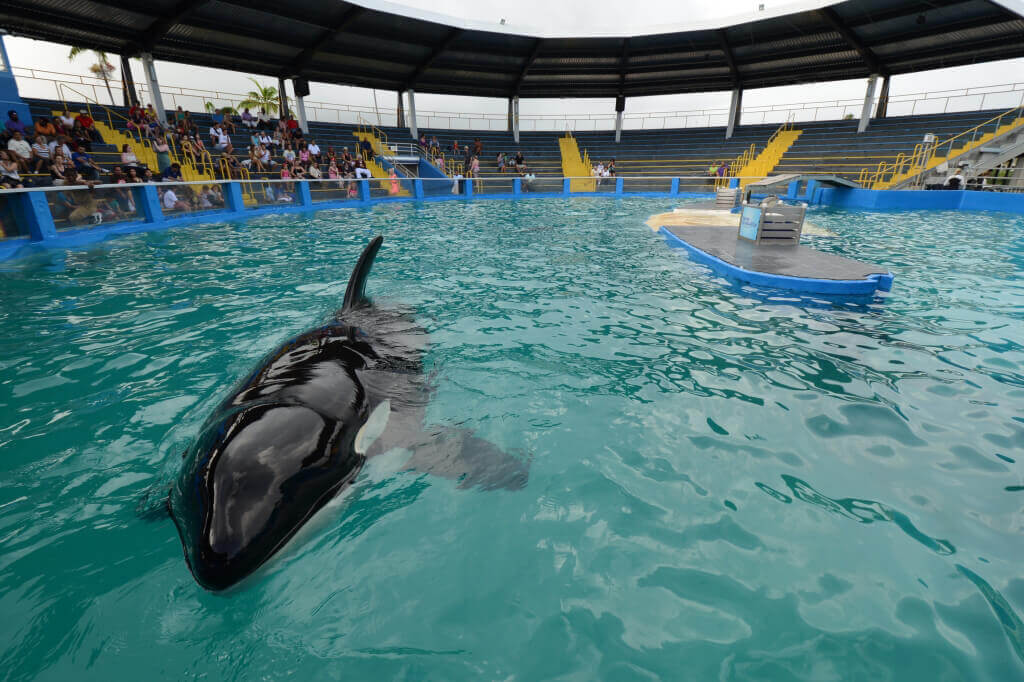
3. Dolphins attacked her.
Lolita was incompatible with the dolphins confined with her, and they regularly injured her. They routinely engaged in “raking” behavior, scraping her skin with their teeth. Records show that the dolphins raked her at least 52 times in 2015, sometimes so severely that she apparently needed to be medicated with antibiotics to prevent infection. Documentation indicates that on many occasions, she appeared anxious or agitated.
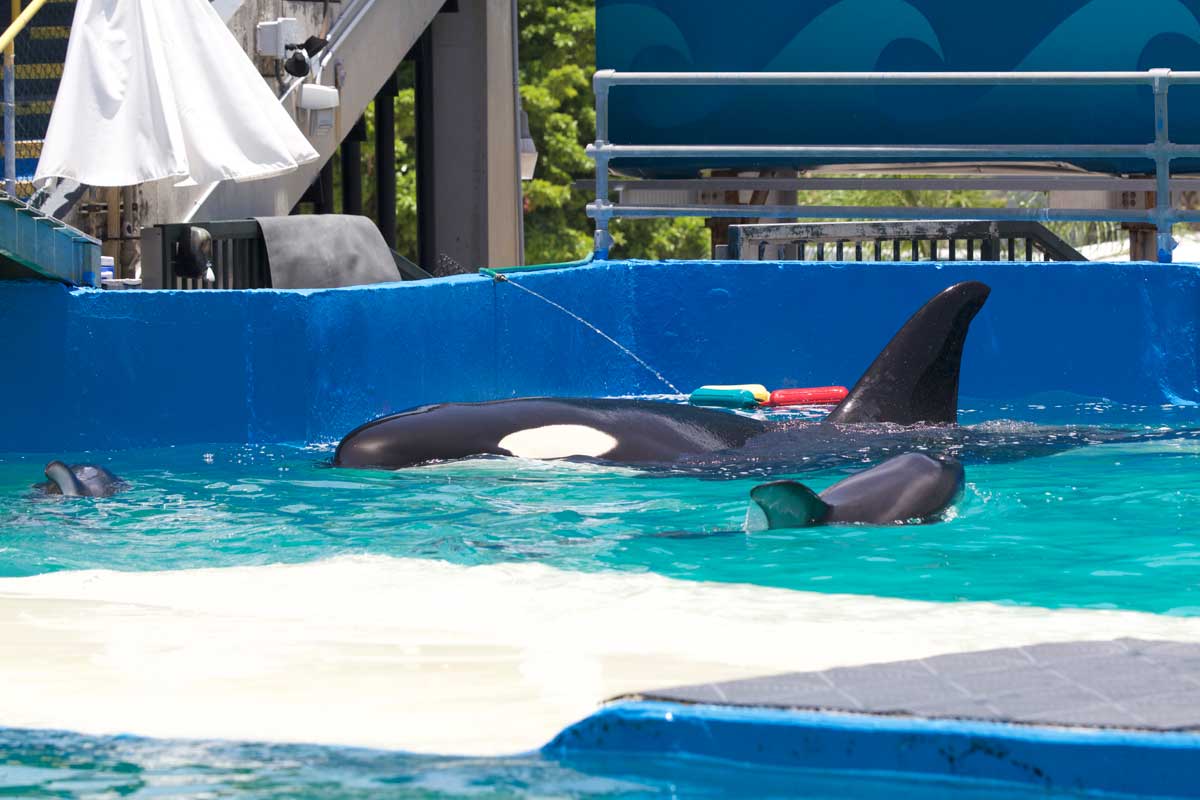
4. She suffered from eye problems for decades.
In the 1980s, Lolita was diagnosed with pterygium in her right eye, which caused inflammation, foreign body sensation (a feeling that something was in her eye), tearing, and itchiness. This condition can significantly alter visual function and is further exacerbated by ultraviolet radiation from sunlight, which Lolita had no protection from. The daily administration of eyedrops and the occasional administration of steroid drops suggest that her eyes were in a constant state of irritation, and documentation indicates that on many occasions she was seen closing one or both eyes during shows.
5. Lolita’s skin was burned due to a lack of shade.
Records show that Lolita had dry, wrinkly, and cracked skin, which could have been caused by her constant exposure to solar radiation and a total absence of shade during portions of the day when the sun was strongest. A former trainer even stated that her skin would often crack and bleed. In nature, orcas are able to escape the sun’s rays by diving deep into the ocean, an opportunity that Lolita was denied at the Miami Seaquarium.
6. Trainers failed to provide her with adequate enrichment.
One year, Lolita was given only four “toys” as enrichment: a wetsuit, ice, a hose, and a ball. Most of the time, she was given only one or two of these items, which were woefully inadequate for a week, let alone an entire year. Orcas are extremely intelligent and complex individuals, and this blatant disregard for her well-being was exceedingly cruel.
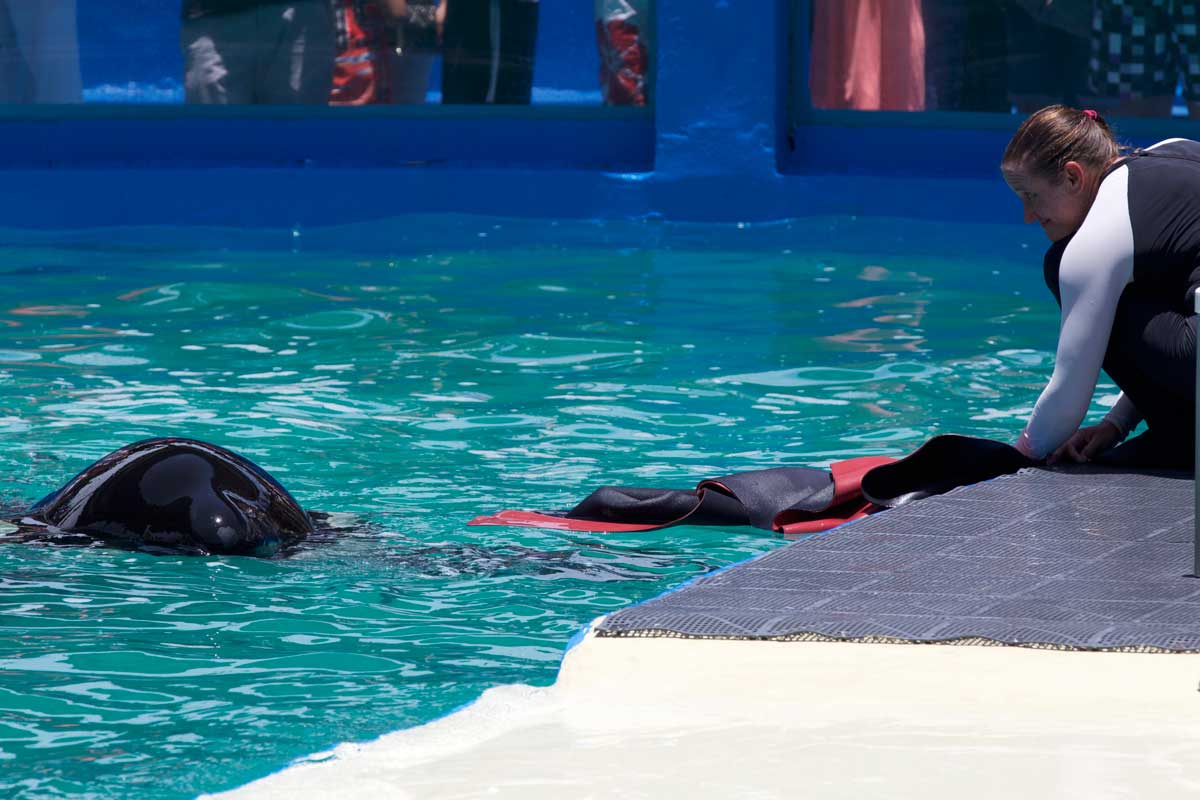
7. Trainers failed to create and maintain a meaningful relationship with Lolita.
Of all the recorded sessions in a one-year period, only 243 play sessions were documented. And only 138 “relationship” sessions—when Lolita wasn’t required to perform—were noted, the lowest number of all documented categories, even though it was the most important one, according to the Miami Seaquarium’s own training manual.
8. Drugs were commonplace.
Lolita was administered antibiotics, antifungals, pain medications (including narcotics), steroids, hormones, and antacids. She was often given drugs without any clinical evidence that they were required, such as an antacid during repair work to the area surrounding the tank she was kept in or in preparation for “the busy season.” Records show that she was given at least one medication almost every day. The sheer volume of medications she was given indicates that she wasn’t healthy. All the treatment she received was for ailments caused by her captivity.
9. Her teeth had been drilled.
Lolita, like many orcas in captivity who are frustrated and desperate to escape, had developed permanent damage to her teeth, likely from gnawing at the sides and gates of the tank. Marine-mammal veterinarians recommend avoiding any deliberate cutting and drilling of the teeth to expose the pulp cavity, but that didn’t stop the Miami Seaquarium from drilling into her sensitive teeth more than a dozen times, likely exposing nerve tissue and causing her considerable pain.
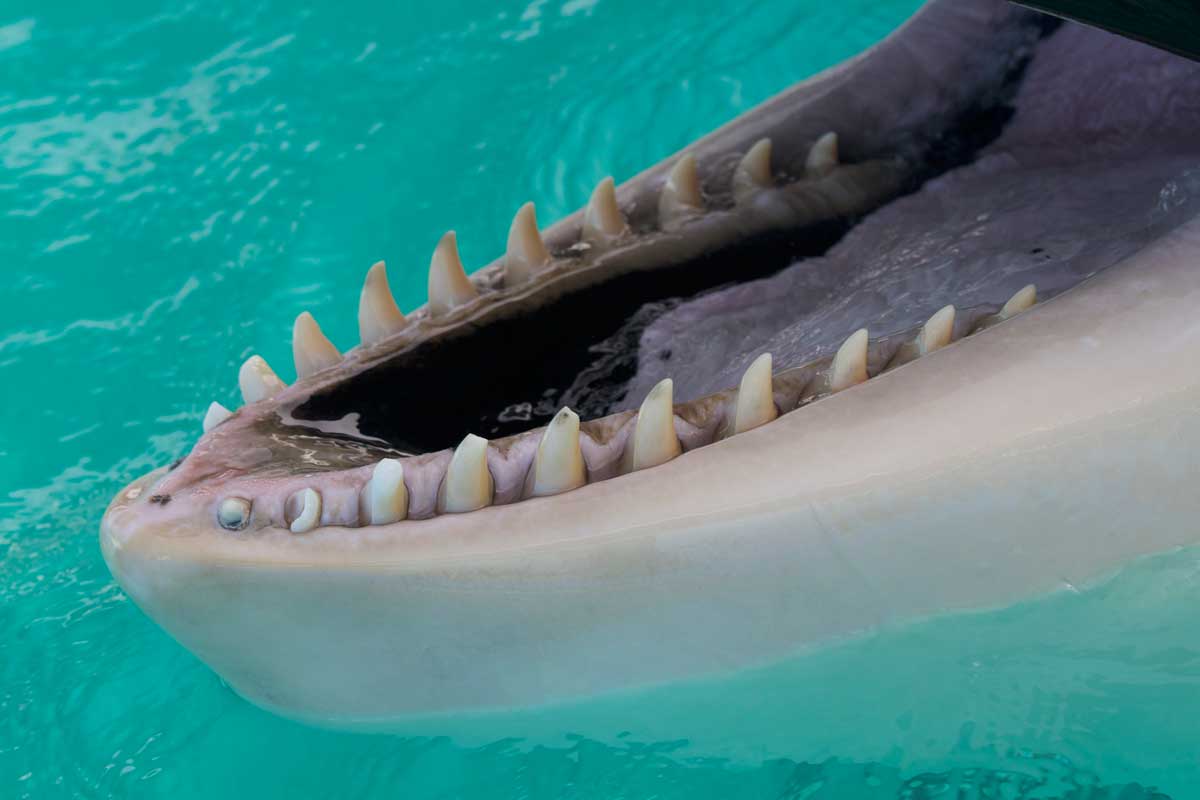
10. The show must go on.
Despite Lolita’s declining health and neurotic behavior, the Miami Seaquarium continued to put on show after show with its money-making star. Sometimes, she was forced to perform two or three times a day, and there were several instances when shows went on even though she wasn’t able to keep her eyes open or had recently undergone invasive procedures. She was finally allowed to stop performing only because the USDA required the Miami Seaquarium’s owner to close the inadequate tank holding her permanently to the public in order to be granted an exhibitor’s license for the park.
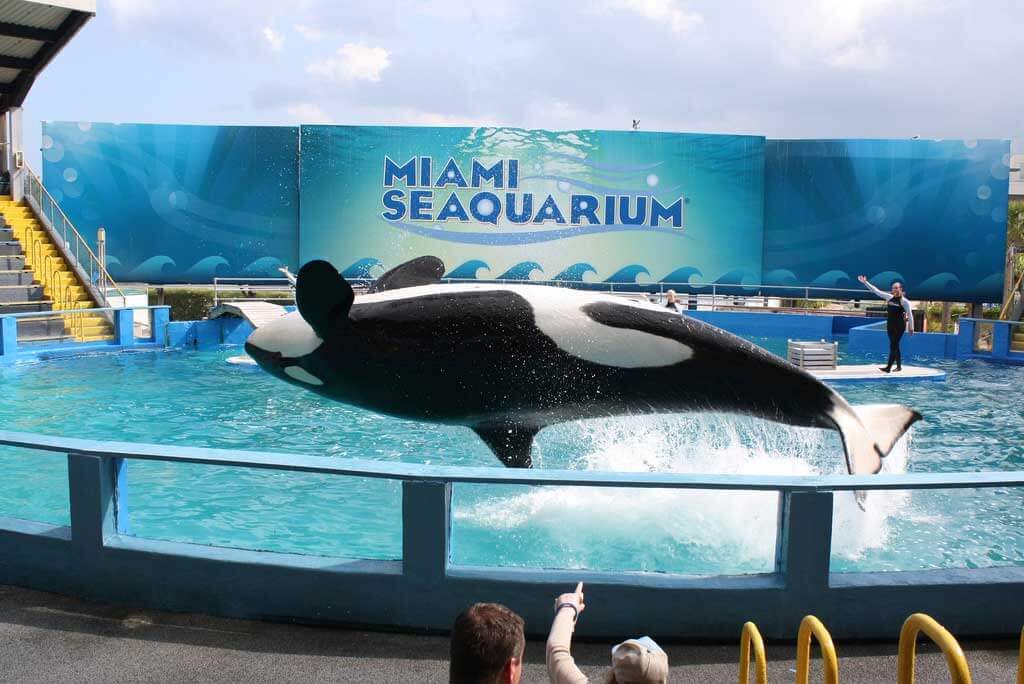
11. Her environment distressed her.
Lolita often exhibited signs of distress and frustration in the form of actions toward the trainers that are recognized as precursors to aggressive behavior. The long list in the Miami Seaquarium’s own animal behavior records covered almost every warning sign, including head-bobbing, a tense body, an open mouth, slapping with her flukes (tail) or pectoral fins, jaw-popping, wide-open eyes, ignoring signals, unusual vocalizations, avoidance, sinking under the surface, and deliberate, slow movements.
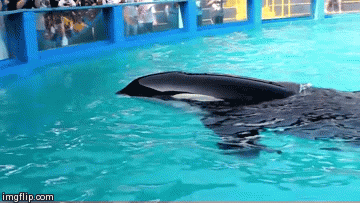
Documentation indicates that Lolita had scratches, rake marks, scrapes, blisters, rubs, cuts, bumps, bites, bruises, cracks, sores, wrinkles, abrasions, discolorations, and more.
12. She was going insane.
As is the case with many confined orcas, Lolita exhibited obsessive, repetitive behavior. Swimming in patterns and rubbing against the sides of the tank—rubs on various body parts were documented several hundred times by trainers, including “all over her body”—are two examples of such behavior displayed by this anguished orca who was deprived of a natural life.



